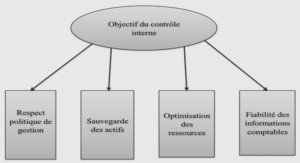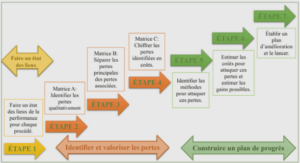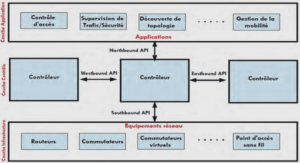INTENSITY ESTIMATION PERTURBED POINT PROCESSES
This article proposes new kernel estimators of the intensity function of spa- tial point processes taking into account position errors. The asymptotic pro- perties of these estimators are derived. A simulation study compares their results to the results of the classical kernel estimator and shows that the edge- corrected deconvoluting kernel estimator is the most appropriate.In the theory of kernel density estimation, many authors have considered the problem of estimating the density from noisy observations. Indeed, one may consider that each measurement re ect sth etru evalu epollute db yth eadditio no f astochasti cerror .Thi sproble mi susuall yhandle db y adeconvo -lutio nmethod ,eithe rwhe nth edistributio no fth eerror si sknow n(Stefansk i &Carroll ,1990 )o runknow n(Diggl e &Hall ,1993)When dealing with a spatial point pattern, a systematic exploratory tool is the intensity function, which is the equivalent of the trend for geostatistical data. Some authors (Ogata & Katsura, 1986) propose a parametric estimation of the intensity function but nonparametric estimators are more frequent. The most common nonparametric estimators of the intensity function are derived from the multivariate density estimation theory : mainly kernel and nearest- neighbour estimators (Cressie, 1993). Recently, a new approach based on ahierarchical Bayesian model and the Voronoi tessellation has also been propo- sed (Heikkinen & Arjas, 1998 and Byers & Raftery, 2002).
All of these methods use locational data of the events, which are often dicult to collect and subsequently whose measurements are subject to errors. Lund & Rudemo (2000) try to make inference on such point processes observed with noise while Bar-Hen & al. (2005) study the in uenc eo fmeasuremen terror so ndescriptiv estatistic suse dfo rtestin gth ecomplet espatia lrandomness .I nthi spaper ,w epropos e ane wkerne lestimato ro fth eintensit yfunctio nwhic htake sint oaccoun tth elocatio nerror sb y adeconvolutio nmethod .Fo rsimplicity ,w edevelo pi ti nth ecas eo fbidimensiona lpoin tprocessesEach kernel method is subject to a crucial choice, which is the bandwidth selec- tion, much more important than the kernel choice itself (Silverman, 1986). This choice has been extensively discussed in the literature and original procedures have been proposed either for the deconvolution kernel density estimation pro- blem (Delaigle & Gijbels, 2004) or for the kernel intensity estimation problem (Xu & al., 2003).
Perturbed point processes
This additive error model is very common in statistics, for example in the regression framework (Carroll, Maca & Ruppert, 1999). It has been used in the point process framework by Bar-Hen & al. (2005). As in their paper, we denote by Y the unperturbed (true) point process and by Z the perturbed (observed) point process.In the density estimation framework, Stefanski & Carroll (1990) introduced a deconvoluting estimator adapted to noisy observations. Without taking into account the limited domain constraint, an estimator of Y (s) inspired by this isan expected number of observations tending to innity. In the point process theory, one often assumes that the expectation of the number of observed events N will tend to innity with the size of the domain D : this is described as the increasing-domain asymptotics. However, in this case, with a given in- tensity, letting the bandwidth h tend to 0 implies that the estimated intensity in every point will depend on an expected number of events tending to 0.Finally, let us mention two other alternative asymptotic frameworks. The rst relies on replacing the increasing-domain asymptotic framework by an increasing-time asymptotic framework, as dened by Ellis (1991) : the lengthassumed to be constant in time. On the other hand, Kutoyants (1998) consi- ders several realizations of the process on a nite domain and lets this number of realizations tend to innity.
As in Stefanski & Carroll (1990), the inverse Fourier transforms are evaluated by a numerical Simpson procedure, slower but more accurate than the FFT procedure.,where hopt is the bandwidth obtained by the classical cross-validation proce-dure (Silverman, 1986) and h is the bandwidth obtained via the procedure described in section 5.Tables 4, 5 and 6 give the results when follows a Laplace distribution with same mean and variance matrix, and the number m of realizations is equal to 10.






